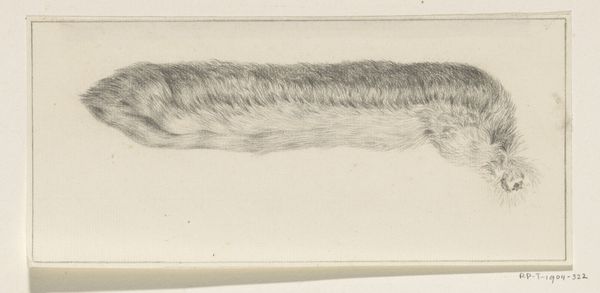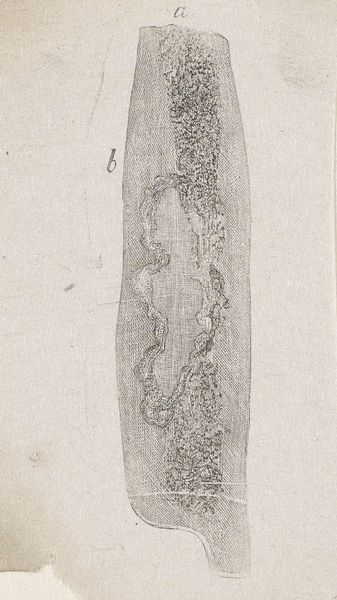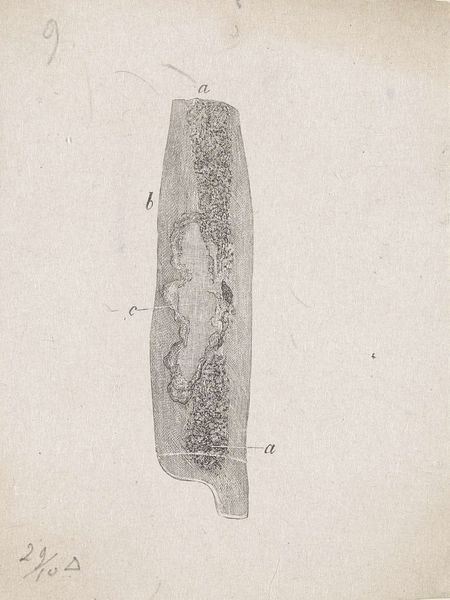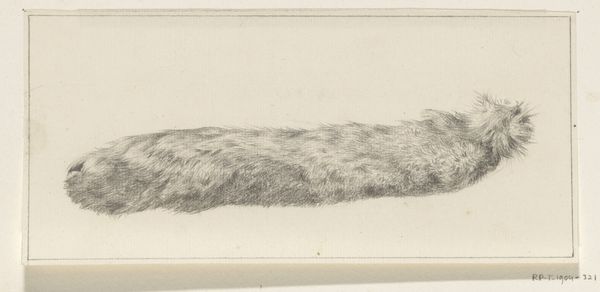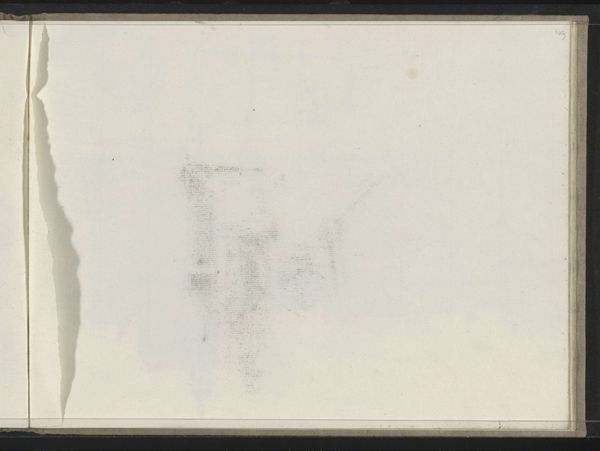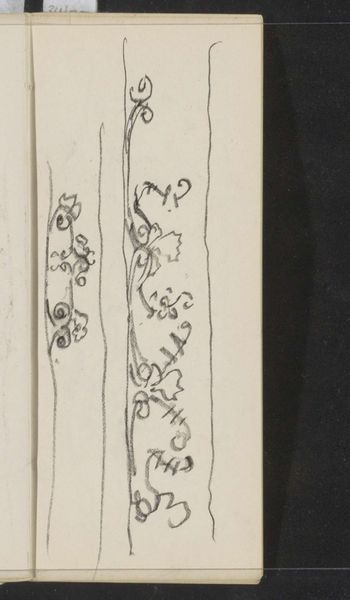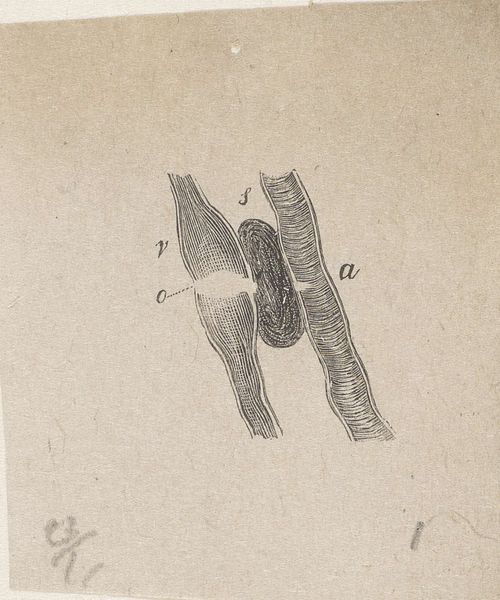
Design for a Stage Set at the Opéra, Paris 1830 - 1890
0:00
0:00
drawing, print, watercolor, charcoal, pastel
#
drawing
# print
#
landscape
#
charcoal drawing
#
watercolor
#
charcoal
#
pastel
#
academic-art
Dimensions: Irregular sheet: 2 5/16 x 11 7/8 in. (5.9 x 30.1 cm)
Copyright: Public Domain
Eugène Cicéri made this stage set design for the Paris Opéra using watercolor and graphite on paper. In 19th-century France, the Opéra was more than just a theater; it was a symbol of national pride and cultural sophistication. Stage designs like this one were crucial in creating spectacular visual experiences for audiences. Consider the social context: the Opéra catered to the elite, and its productions often reinforced prevailing social hierarchies. Cicéri’s design contributes to this by presenting an idealized and romanticized landscape. The jagged mountain range and atmospheric lighting evoke a sense of drama, typical of Romantic-era stagecraft. But it’s also worth noting how the design served the institution of the Opéra itself, enhancing its reputation for lavishness. To fully understand this artwork, we might delve into theater history, examining production records and set design practices of the time, always keeping in mind the social and institutional forces that shaped its creation.
Comments
No comments
Be the first to comment and join the conversation on the ultimate creative platform.

